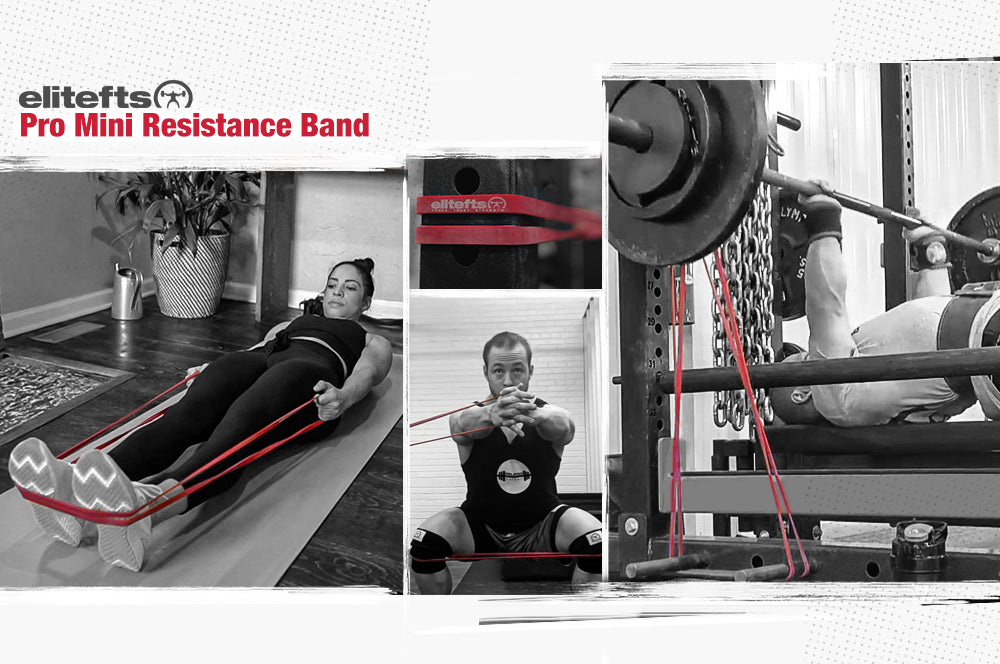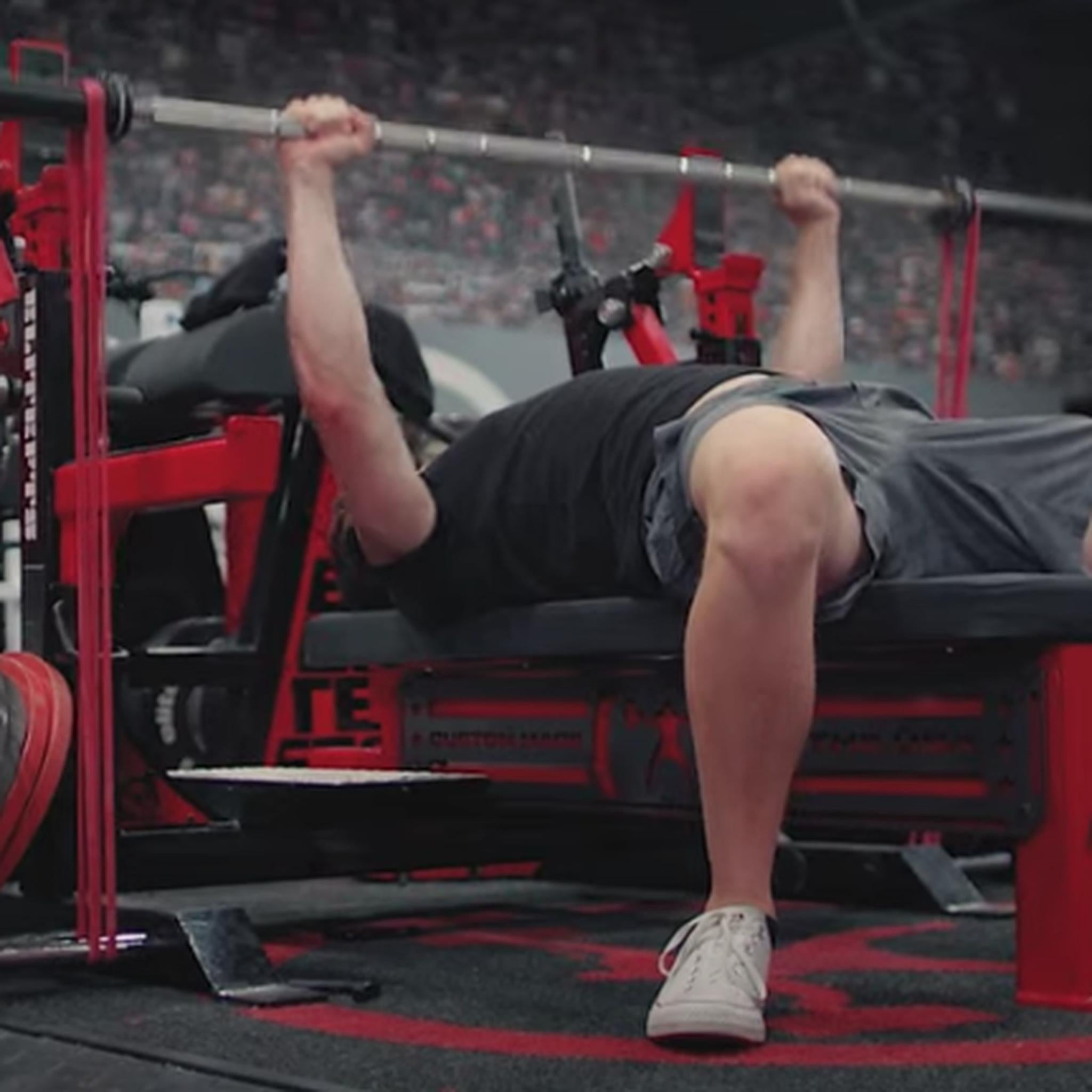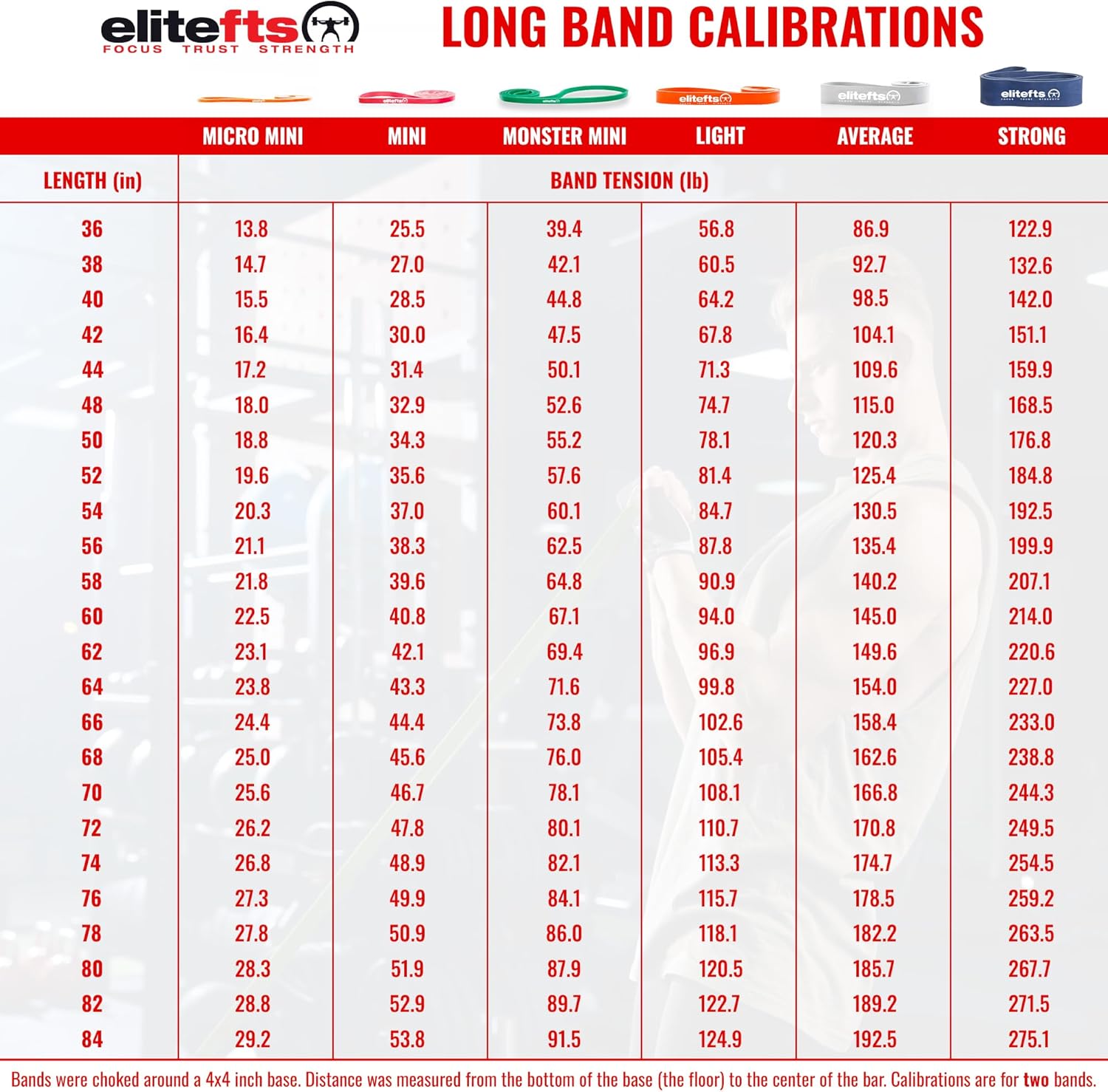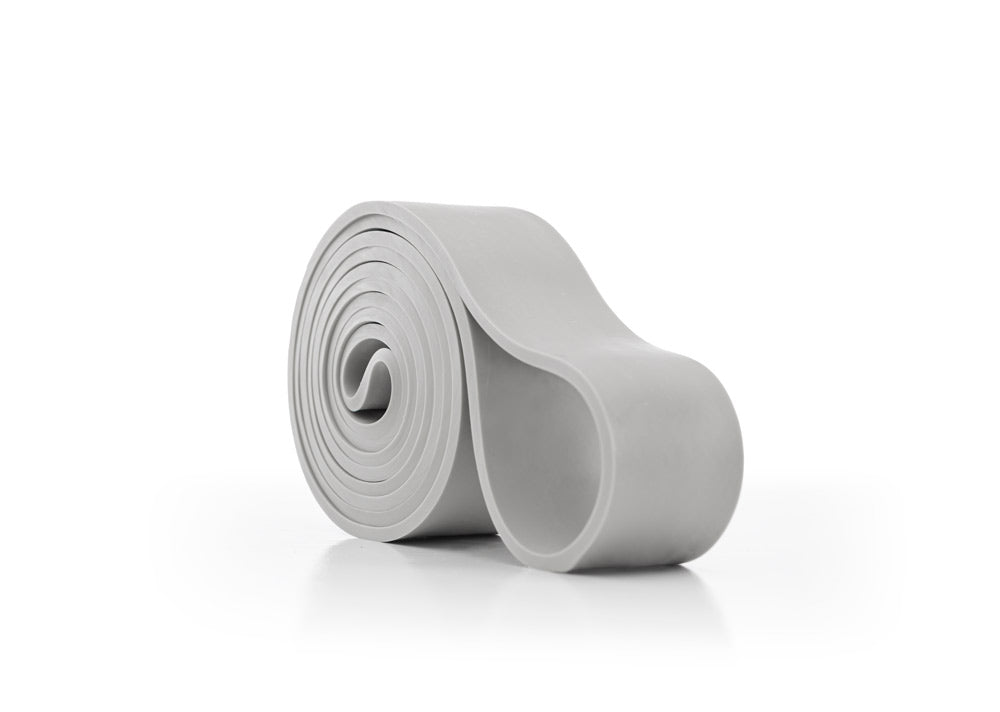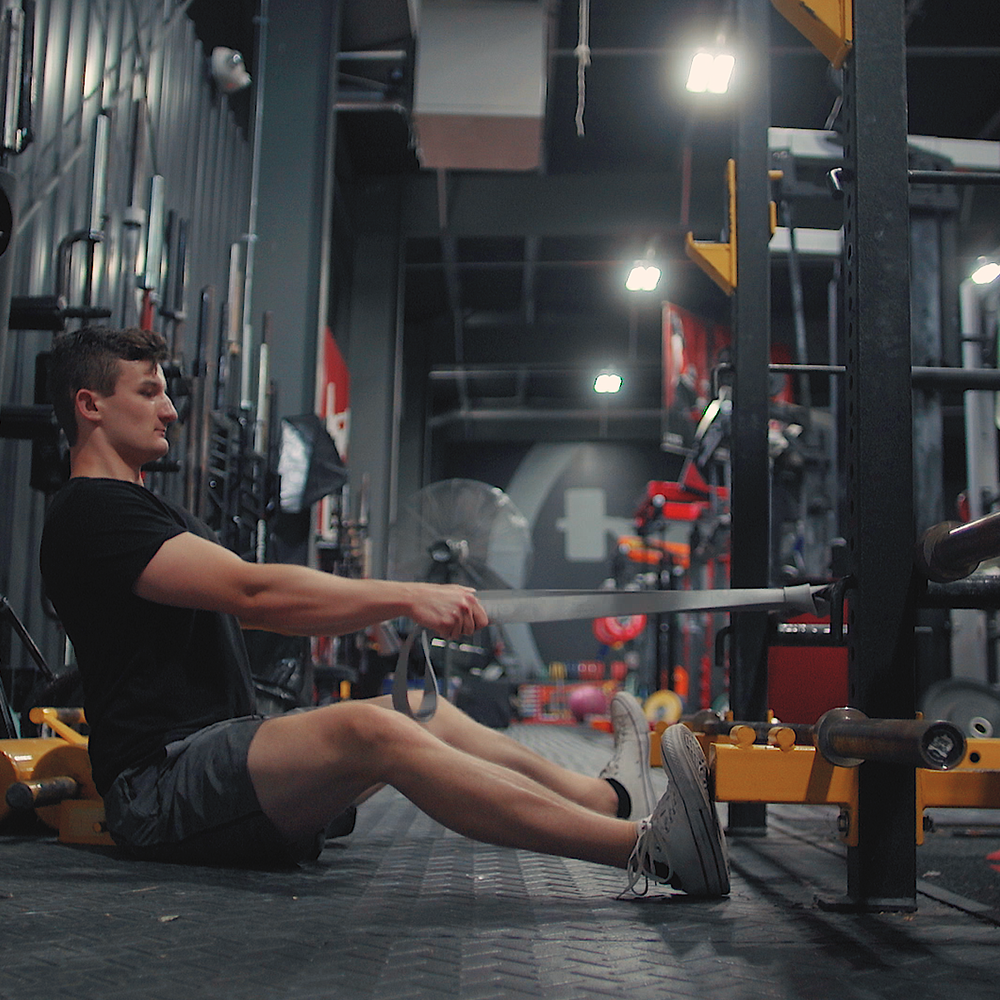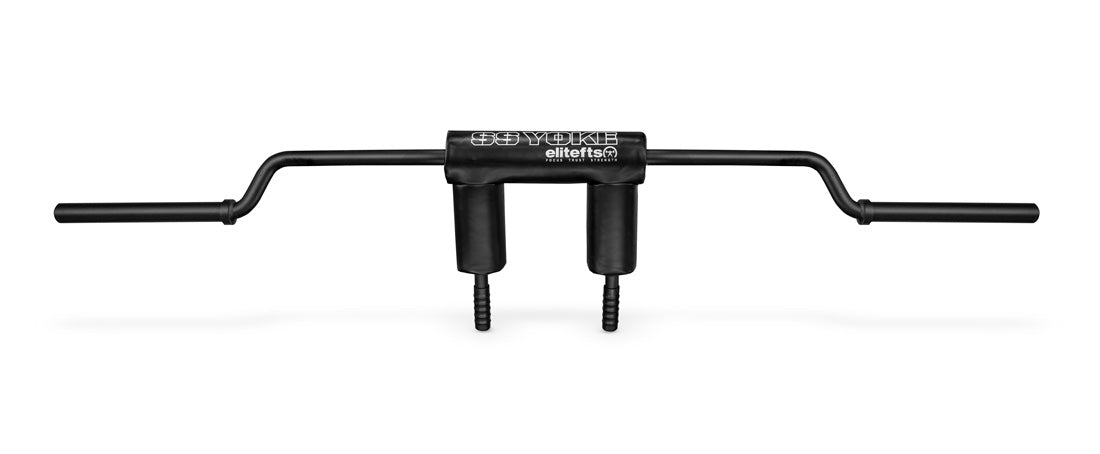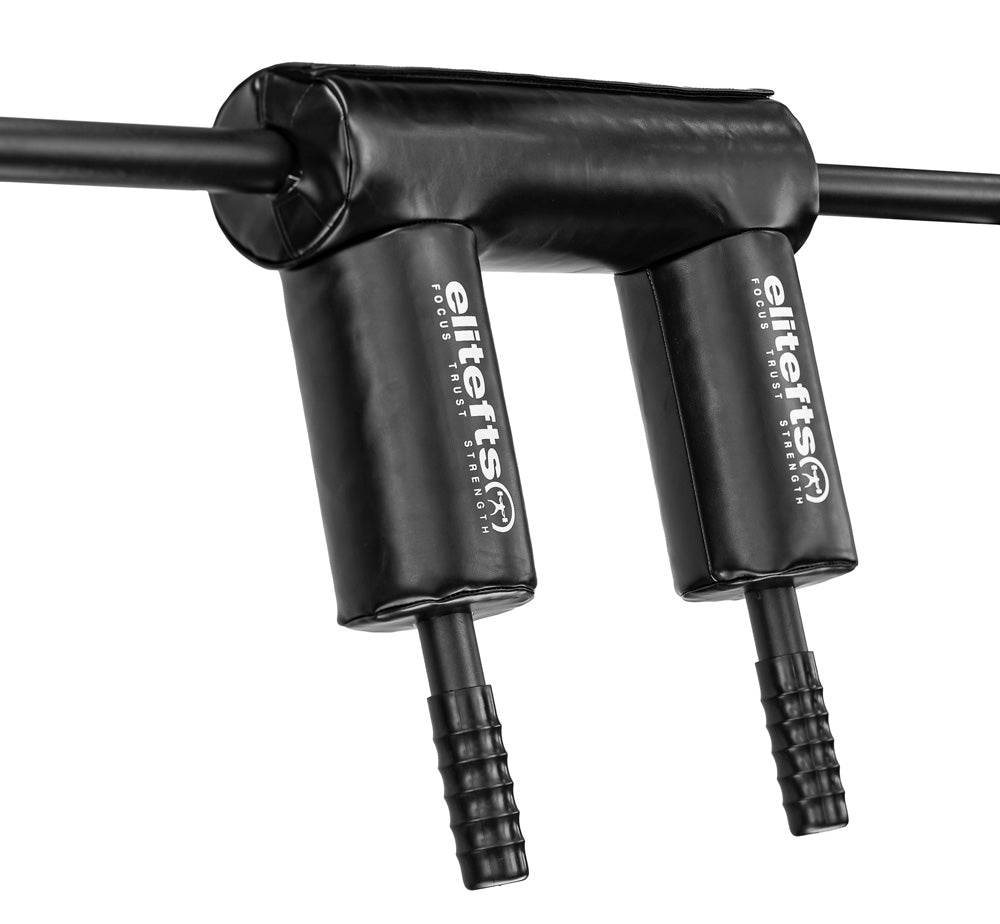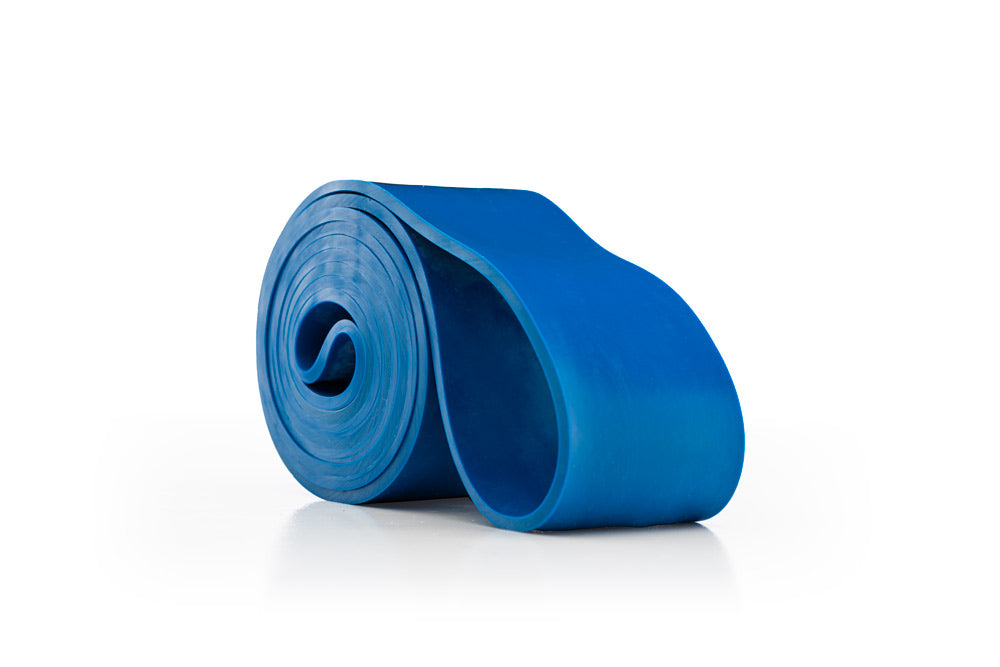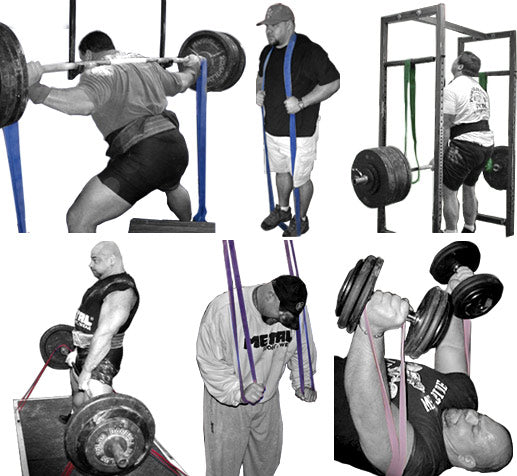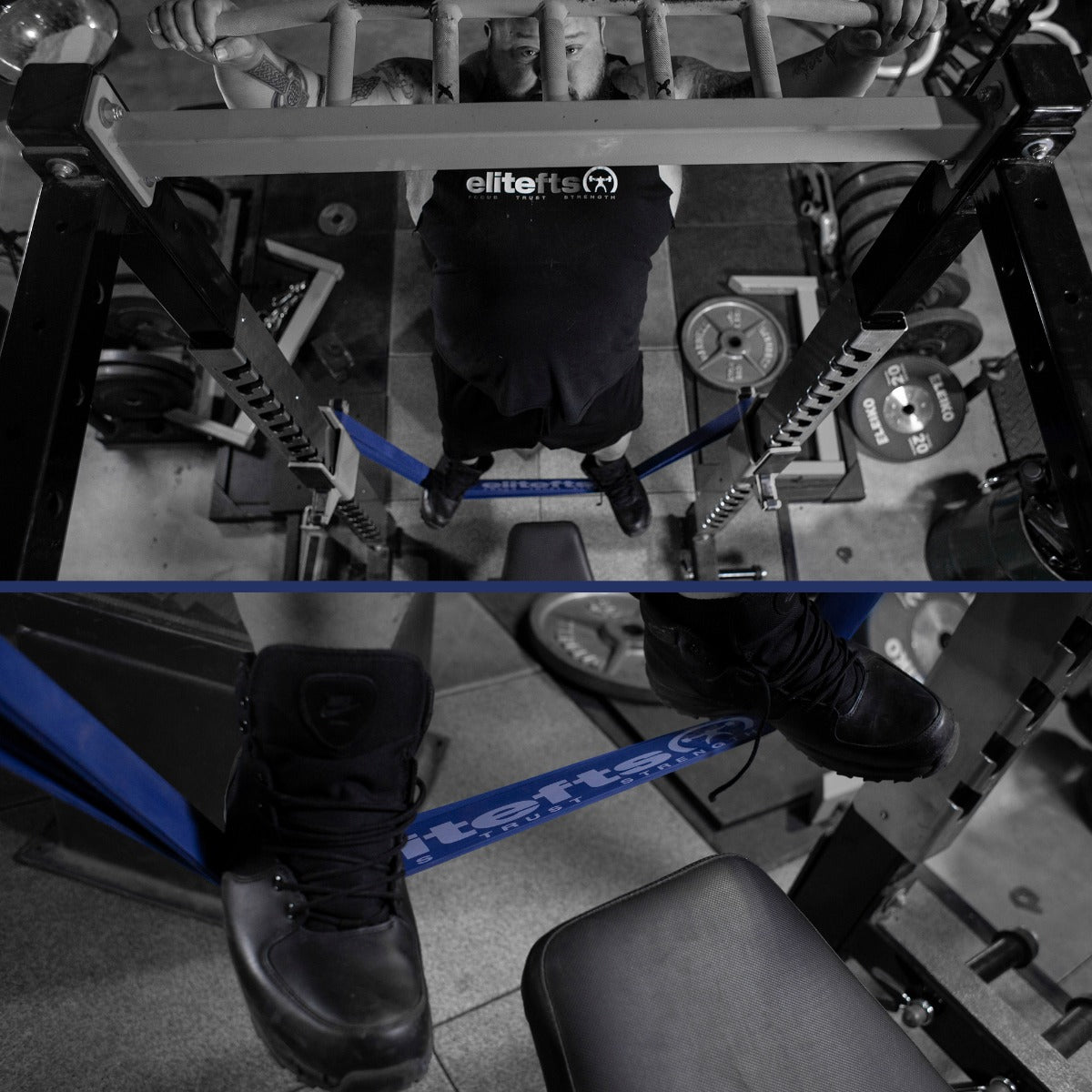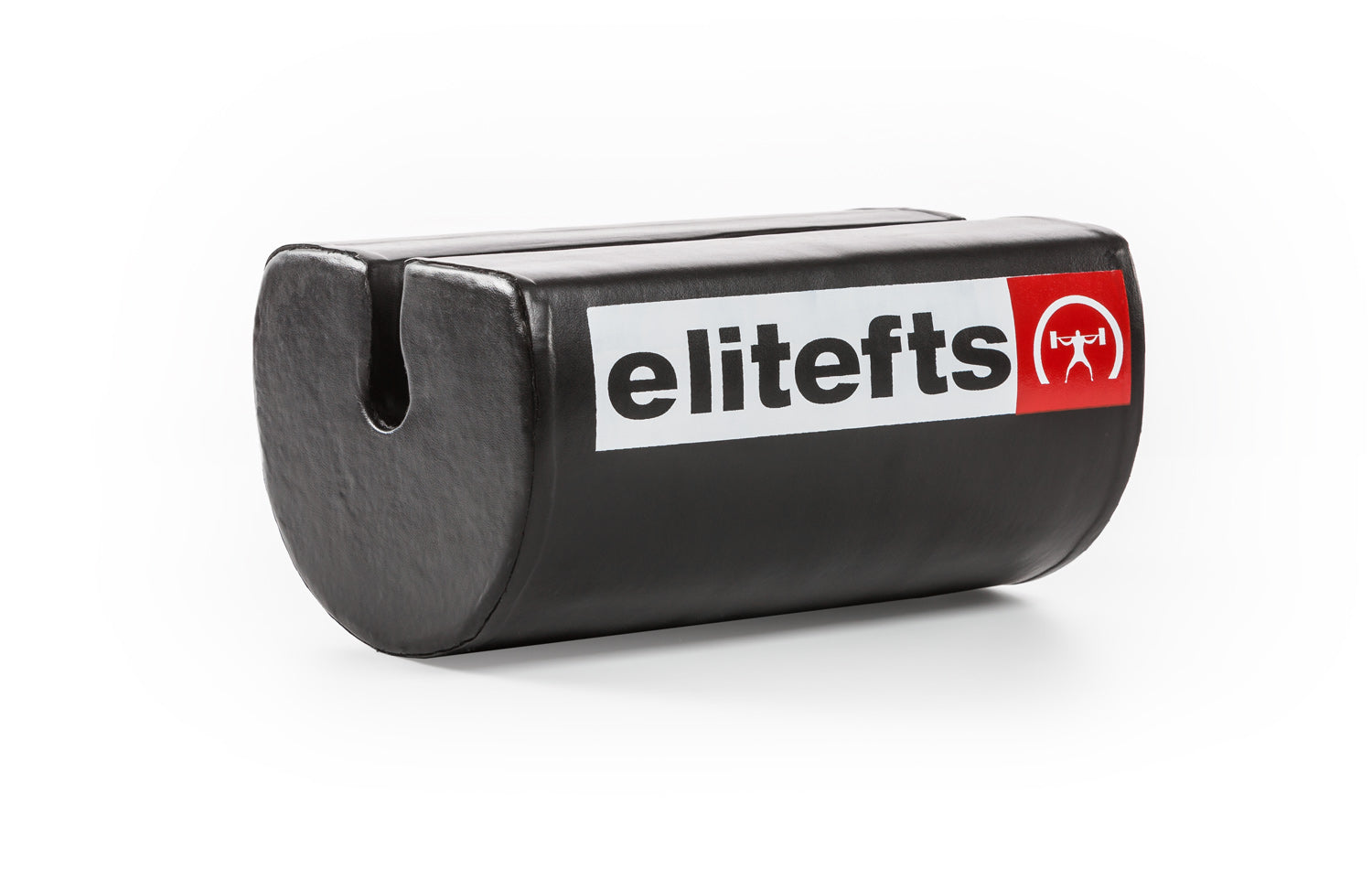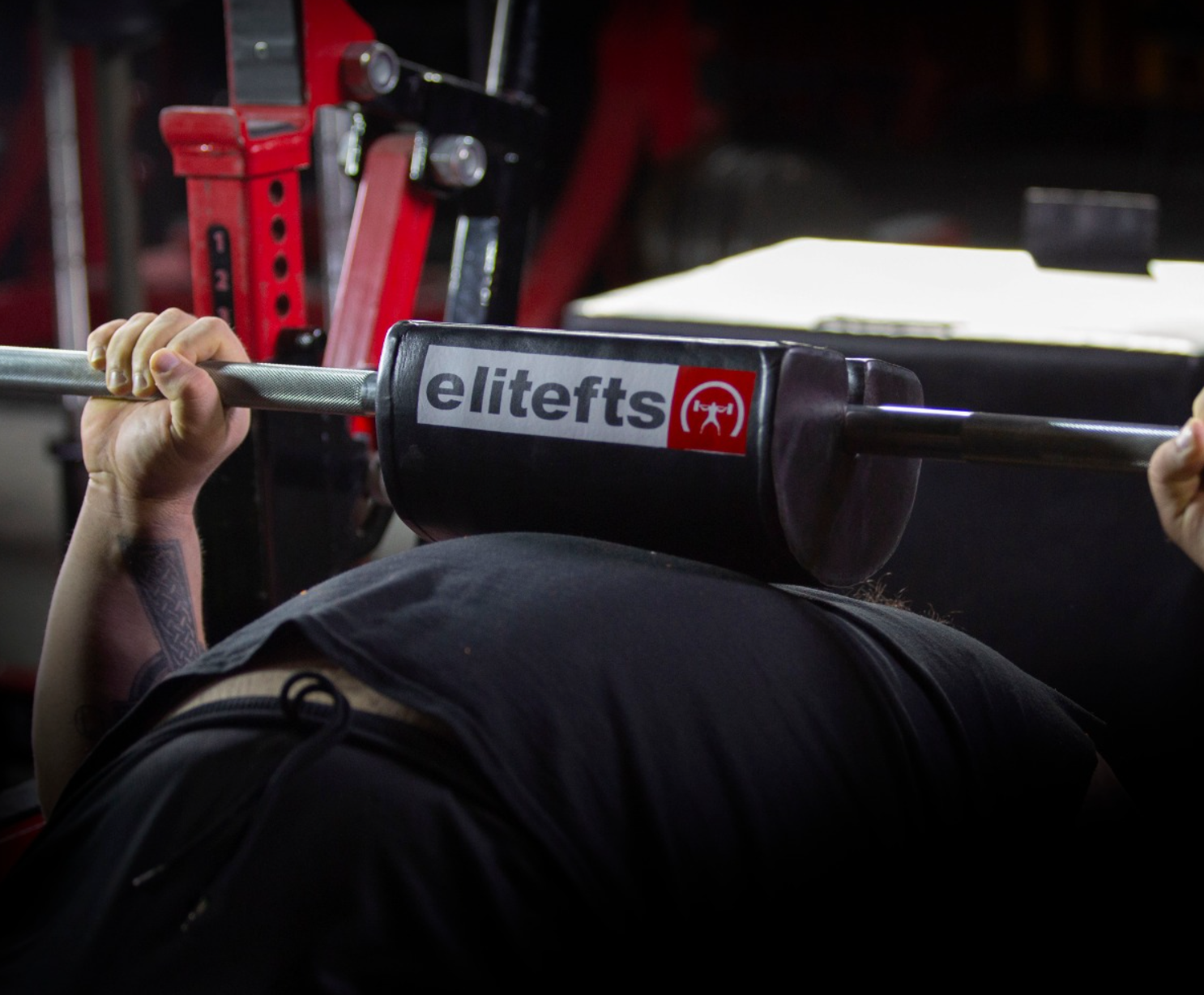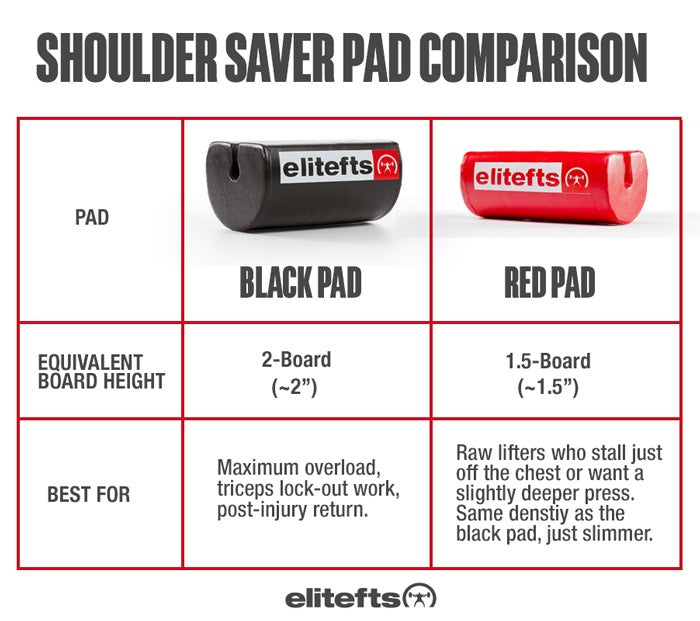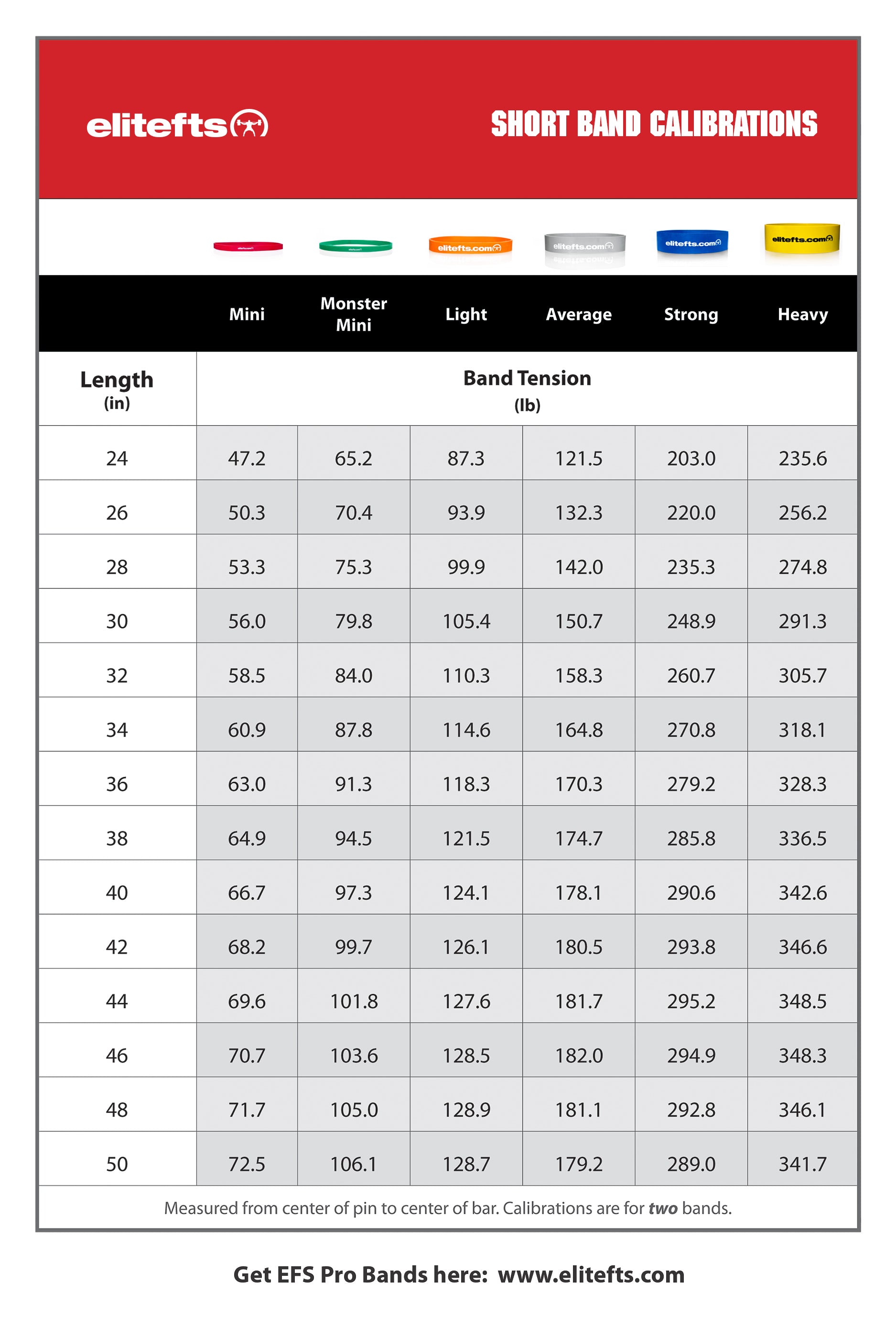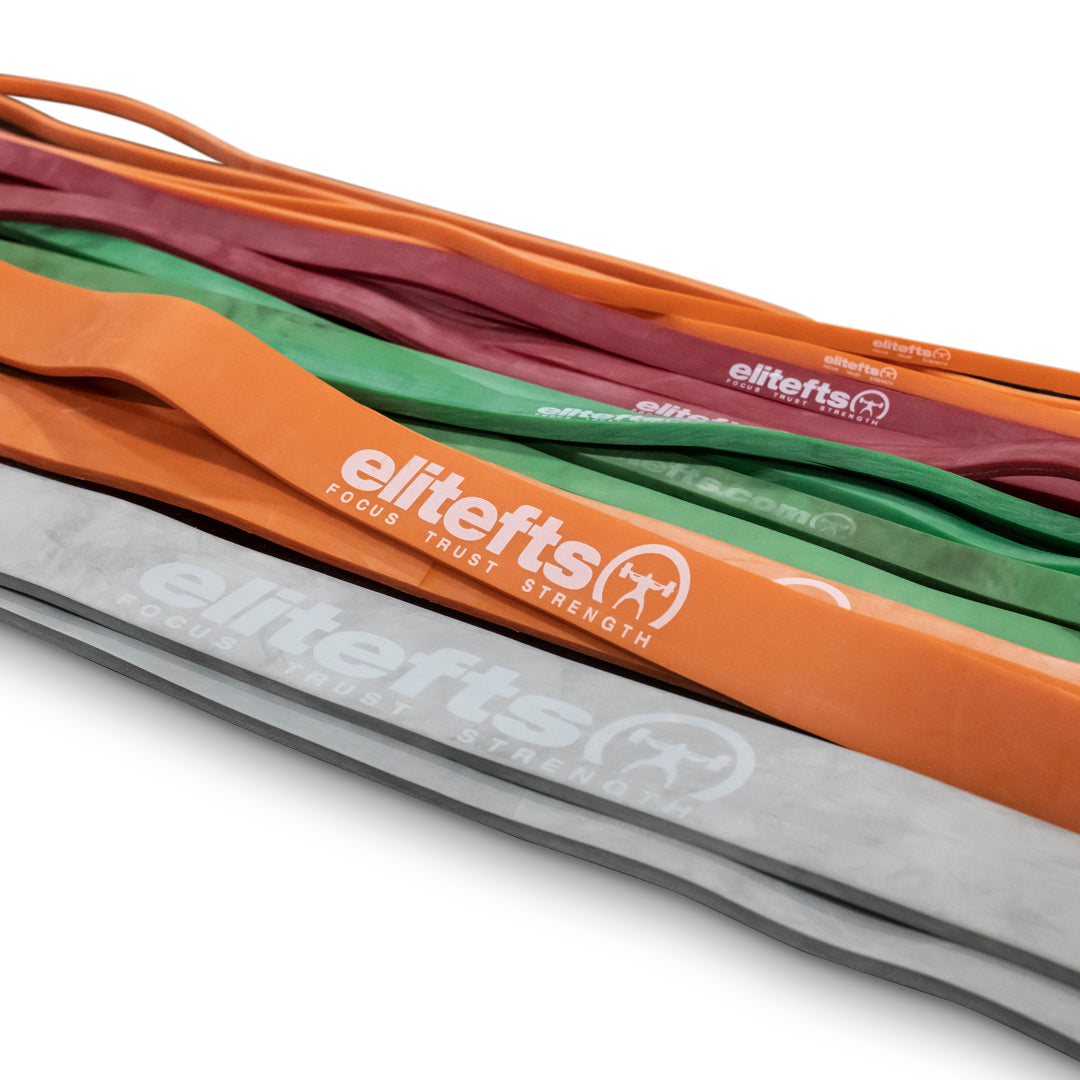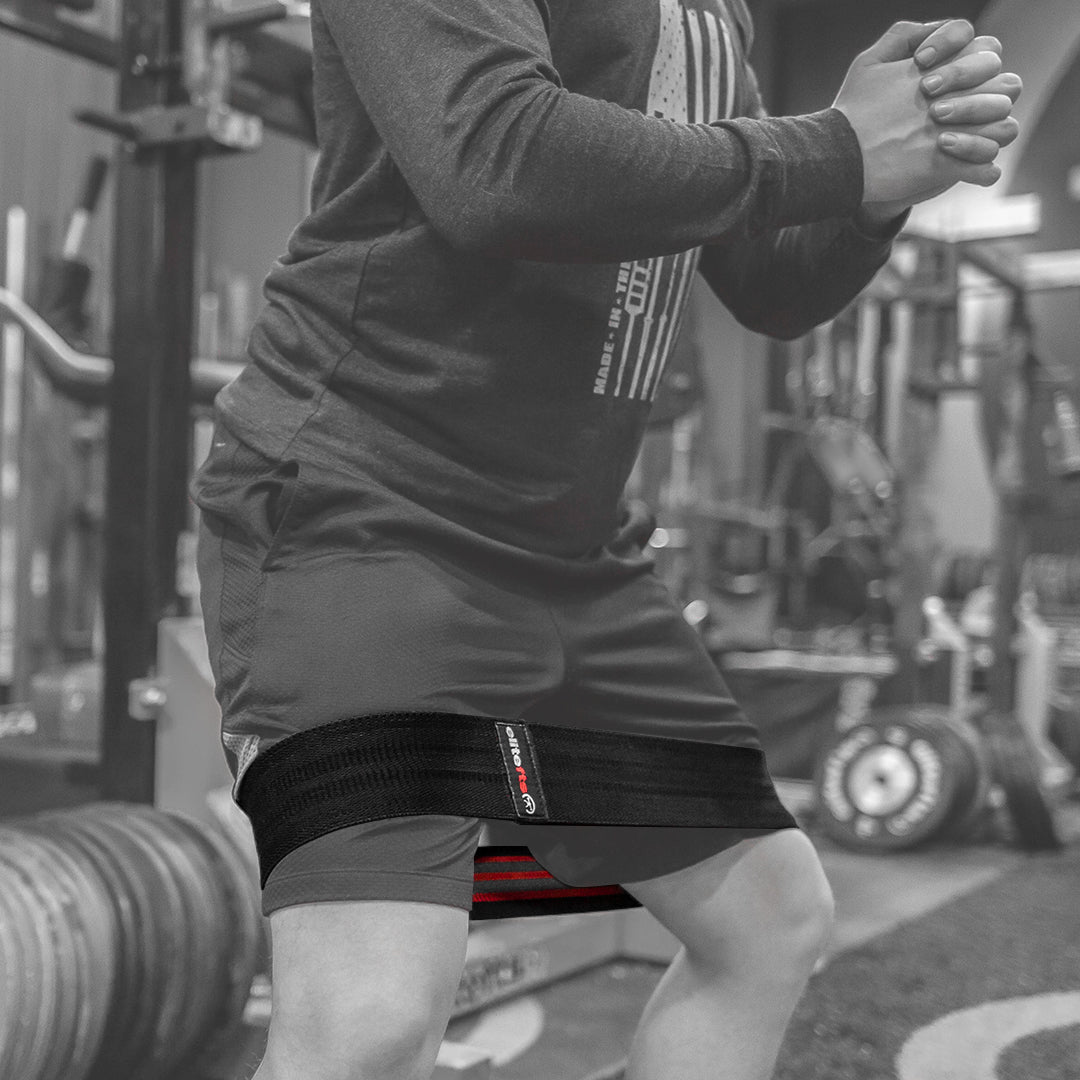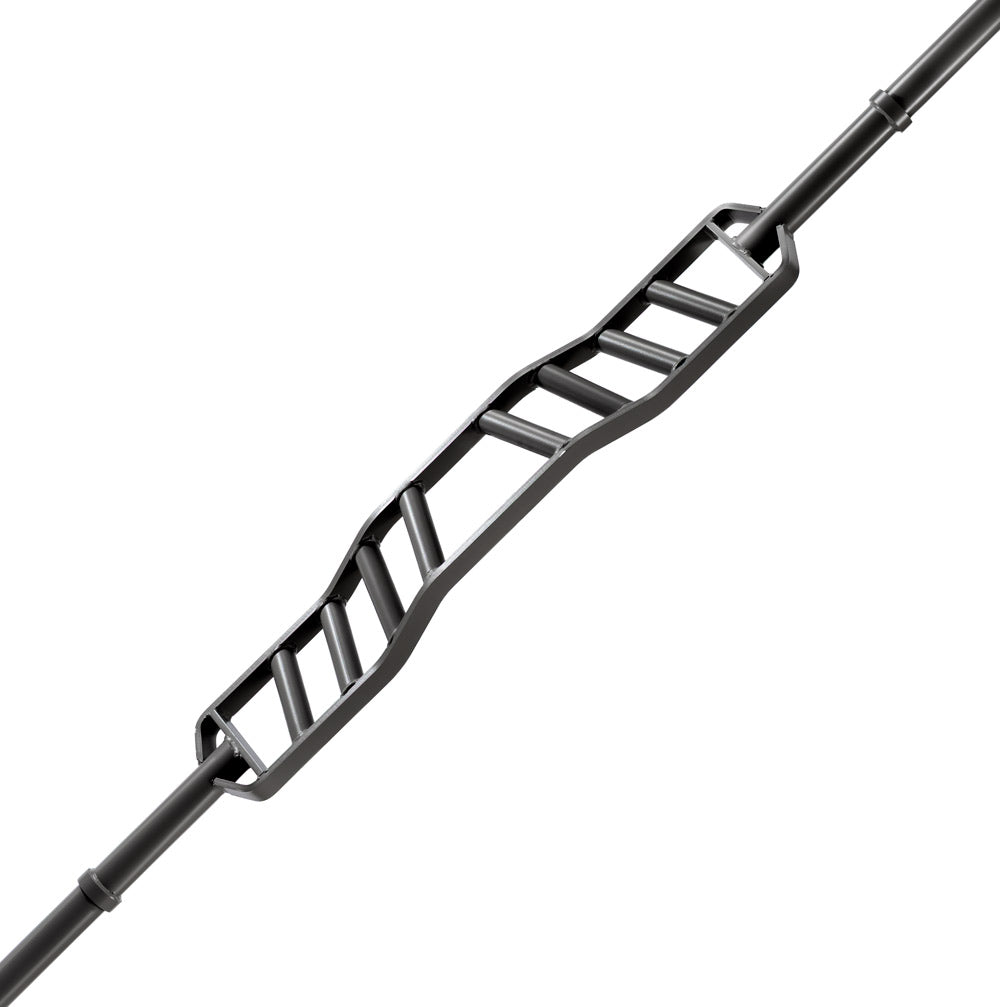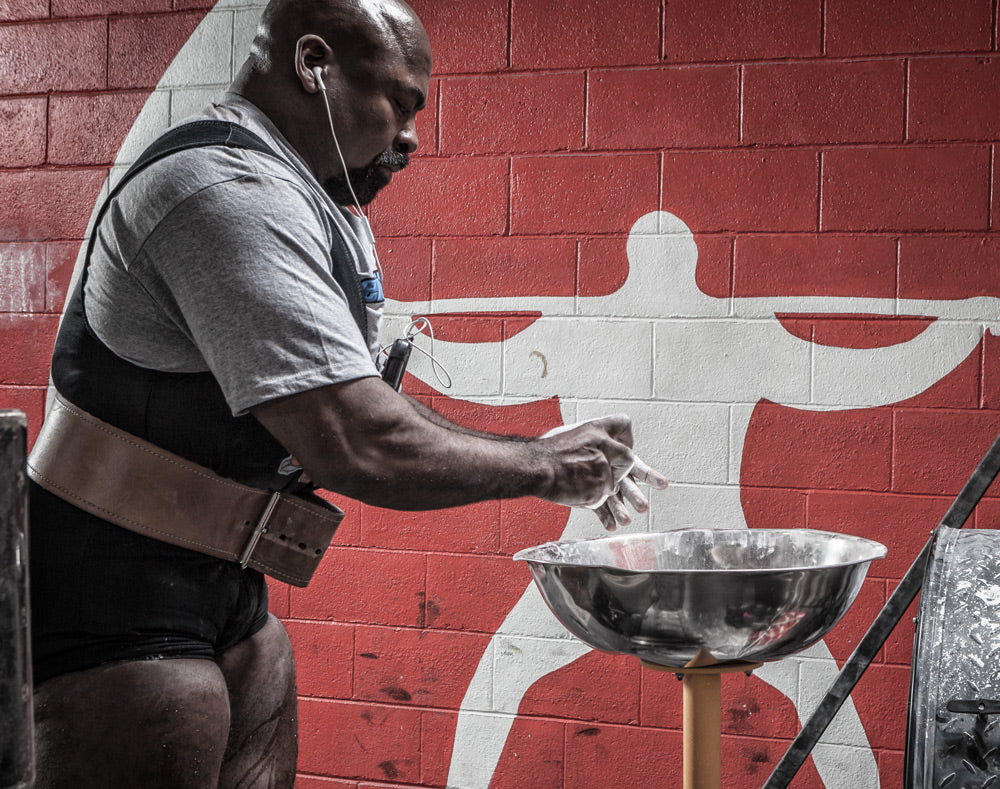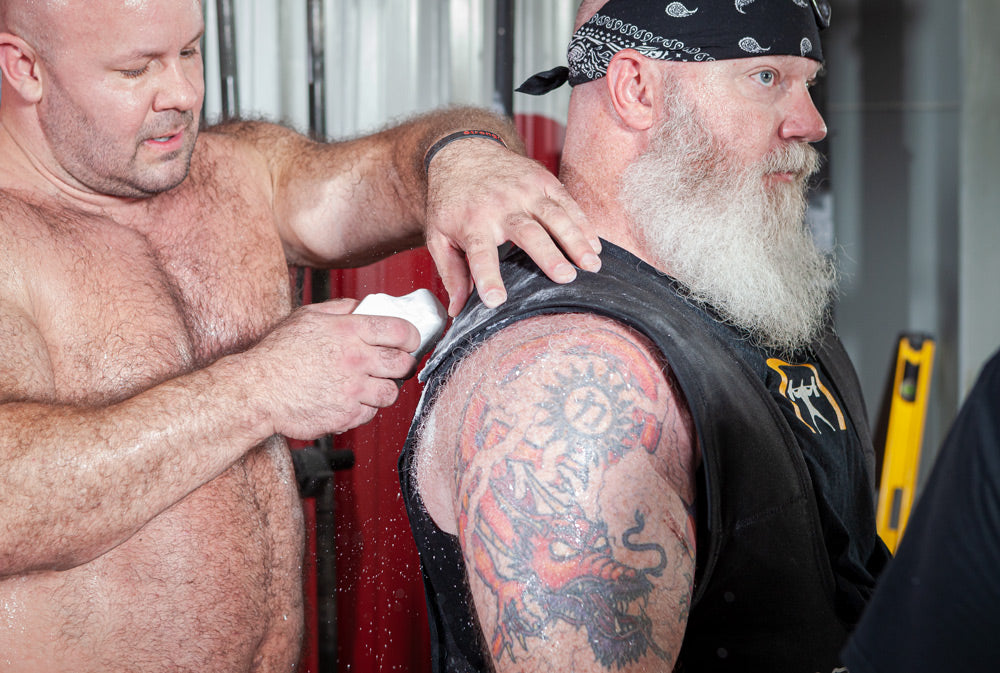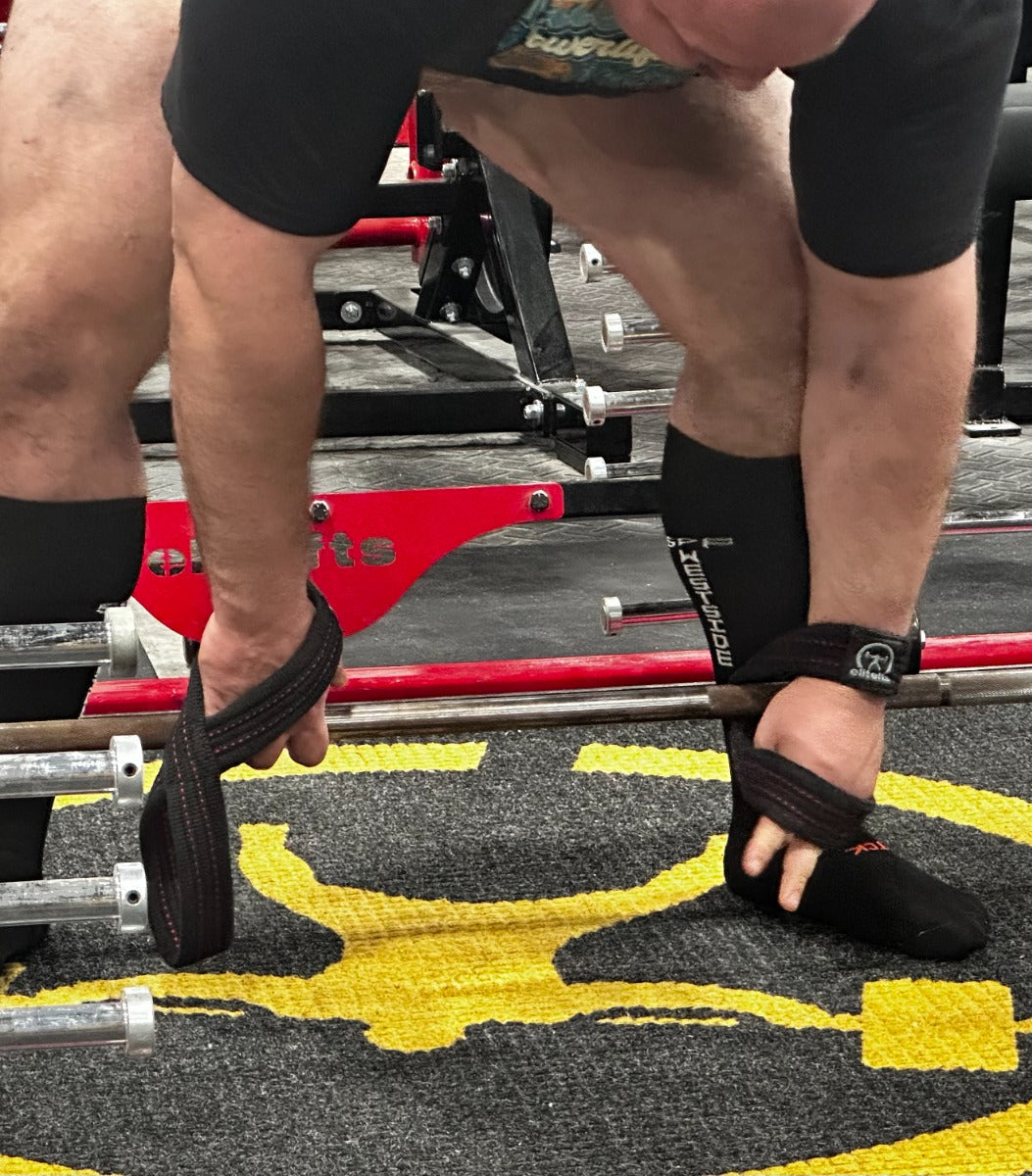Recomping May Be a More Popular Goal Than I Thought
In my previous article -
Is Recomping the Holy Grail or a Waste of Time? – I outlined what recomping means, when we most commonly see it succeed, and the pros and cons of this approach. The conclusion was that, while recomping certainly is possible, it does require a very measured approach, both in terms of training and nutrition. It creates a scenario where progress will be slow in terms of both desired outcomes (muscle gain and fat loss).
As a result, I noted that this approach is likely best suited for a minority population who either need to stay lean all year round (e.g., fitness models) or individuals who are already happy with their physique and are glad to make slow, marginal gains moving forward.
I thought these viewpoints would push more people away from the idea of recomping (not that that was my intention), but instead, in the feedback I received following the article going live, the most common response was along the lines of:
“Ok, so recomping is slow and arduous…. Now, can you tell me how to do it, please?”
Which, honestly, surprised me.
By popular demand, here is the follow-up article on how to successfully set up a recomping training and nutrition plan.
I will outline two different blueprints for this purpose. One is a little simpler (and is, in fact, the one I am using now) and favors fat loss a little more, whereas the other is a bit more complex but probably favors hypertrophy/performance more.
Before going further, if you have not read my first recomping article, I strongly suggest doing so, as everything that follows will be easier to understand. You can access it
HERE.
Recomping Is Not Just About Diet
As I mentioned in my previous article, while recomping, you need to take almost a bipolar approach. On certain days, everything you do is geared towards growing muscle and improving performance. Then, on other days, everything you do is geared towards facilitating fat loss. This includes not just how you eat but also the form of training or activity you perform.
It is not quite as simple as this, but an effective way to represent this dichotomy is to compare the difference between the mammalian target of rapamycin (mTOR) and cyclic AMPK (cAMPK) pathways.
What is mTOR?
mTOR plays a role in a vast number of signaling cascades within the body, including cell proliferation, autophagy, and, most importantly, in this context, regulating skeletal muscle hypertrophy/atrophy. Stimulating the mTOR pathway is a positive signal to increase the rate of skeletal muscle protein synthesis, which is why mTOR is seen as an ally for us meatheads.
However, speeding up cellular proliferation constantly is not necessarily a good thing, as it speeds up the aging process, increases cancer risk, etc.
The conditions that stimulate the mTOR signaling cascade are:
- A caloric surplus
- Higher levels of carbohydrate intake/Blood insulin level
- High level of amino acids – especially leucine
- Resistance training
What is cAMPK?
cAMPK plays a significant role in maintaining energy balance by controlling our cells’ uptake and metabolism of glucose and fatty acids. Stimulating cAMPK will increase glucose and fatty acid uptake and oxidation (when energy is deficient), reduce the rate at which new fat cells are created, and increase the rate of fat breakdown. It is also thought to play a role in increasing longevity. The downside? It also inhibits the action of mTOR.
The conditions which stimulate the cAMPK cascade are:
- Caloric/Energy deficit
- High energy output
- Low carbohydrate/Blood insulin level
- Low level of amino acids in the blood
- Endurance/cardiovascular training
As we can see, it is impossible to stimulate these two pathways significantly simultaneously. This is why our recomping blueprint needs separate days to focus on these different pathways.
Remember, IT IS NOT THIS SIMPLE, but these two pathways are key players and represent the reasoning behind requiring days that focus on separate goals from a nutrition and training aspect when recomping. If we want to stimulate these pathways maximally, then the training modalities on each day must also match the pathway we are looking to stimulate.
So, with that being cleared up, let’s look at two different blueprints for achieving recomping success.
Blueprint 1 – Less Complicated, Two-types of Days, Favoring Fat Loss
This first blueprint is the one I have been using since moving out to Ohio. In just over three months, I have lost around three inches off my waist while my weight has stayed stable. Now, these are not typical results for recomping as it is extremely fast, but I am doing a more extreme version of what I have outlined below because, well, that is what I do. But it is certainly working!
This version involves having just two distinct types of days, which revolve around training and non-training days:
Training Days – Three or Four Days Per Week
Our goal on training days is to maximize our mTOR activation and protein synthesis through resistance training and a high calorie and carb intake.
99% of the time, you will be doing these training days AFTER a low-calorie/fasting day, so training in the morning is not ideal here as you will not have time to replenish your glycogen stores. Ideally, you would get two to three meals into your system and allow them to digest before hitting the gym.
Nutrition-wise, we are looking at a pretty big calorie surplus, anywhere between 17-20 times your body weight in calories. The leaner and more muscular you are, the higher you can be towards that upper ceiling. But this should put most people in a 15-20 percent calorie surplus, which is pretty much the maximum surplus required for significant benefits on mTOR, IGF-1, etc. Those with fast metabolisms may need to push it even higher. For example, my training day calories are around 5000, and I weigh around 200 pounds (25 times my body weight), but I have an EXTREMELY high metabolism; chances are this is not you.
Protein intake needs to be HIGH to maximize all the pathways we want to stimulate, and so do carbs, meaning fats will be low. We want protein to be a minimum of 1.2 grams per pound of body weight, maybe as high as 1.5 grams per pound for those using “special sauce.” 70-80 percent of your remaining calories would then be allocated to carbs and what is left to fat. The only reason to favor 70 percent, as opposed to 80 percent here, would be if you struggle to eat that much volume, but you should strive to hit that 80 percent mark.
Recomping Nutrition on Training Days Example
So, let’s say our athlete weighs 220 pounds; his nutrition for training days would look like:
Calories – 3960 (BW x 18)
Protein – 275g (BW x 1.25g)
Carbs – 572g (80 percent of remaining calories)
Fat – 64g (20 percent of remaining calories)
On this plan, your training should be done every other day (EOD) or three days per week. Why? Because we do not want to do two high-calorie days in a row. The second high-calorie day, when glycogen stores are already full, would likely lead to fat gain and would not bring about the same benefits we see from the first day in terms of mTOR activation, etc. Remember, we want to stay sensitive/responsive to these stimuli.
By not training two days in a row, we always break up our high-calorie days with a low-calorie/fasting day, and it also means we are always getting a rest day between our training sessions. In all honesty, EOD training is probably the best option for 90 percent of us anyway, as it will generally allow you to train HARD at each session without burning out and give you the highest proportion of high-quality sessions.
What these sessions look like will depend on your goals. Still, since your training frequency is going to be on the lower side, I would generally favor a whole-body approach as it allows us to perform the big movement patterns multiple times per week and get the most “bang for your buck” out of our sessions.
I would pick two to four compound movements and perform them for a decent volume of work (20+ work reps for each). You could then perform one to three isolation movements for a few sets to failure, or close to failure, for muscle groups that are weaknesses for you.
Example Workout
For example, my workout today looked like:
Section A – ten sets of two to three on:
Weighted Dips -> Weighted Chin-ups -> Sled Drag (one length forward, one length back) – circuit to be completed as fast as possible.
Section B – three rounds of 6-10 pushed to failure or near failure on:
Leg Extension -> Rope Hammer Curl -> DB Lateral Raise
Yes, ten sets on each of those movements is a lot, but I have built up to this over several months and chosen movements that I do not find stressful to push hard on. But in reality, you are looking at:
- 1 Push Movement
- 1 Pull Movement
- 1 “Legs” Movement
Which are pushed to RPE eight or so. Then, a few isolation movements that are pushed hard. Simple really.
Of course, if you are more into a bodybuilding training style, you could simply do a Push/Pull/Legs split or similar. I just favor whole-body training in this instance due to my background in performance training.
Non-training Days – Three or Four days per week
These days are quite simple: you are going to fast for most of the day. Remember, to stimulate cAMPK, not only do calories and carbs need to be low, but so do amino acids/protein.
“But bro, won’t I go catabolic and lose all my gains?”
It is possible that in your 12-16 hours of fasting (remember fasting only actually begins when you have finished digesting your last meal, which can be several hours later), you may completely shrivel up into a ball of nothingness, but unless you have some form of galactic tapeworm, the chances are damn low. To stop you being so worried about it, think of it this way:
By doing these cAMPK days, we are re-sensitizing our body’s response to all the usual anabolic triggers (protein, carbs, calories, resistance training). So, we are simply priming ourselves to get a better stimulus from the next training day. This is partly true, for the record.
Keep Nutrition Simple
So, nutrition becomes incredibly simple: fast for most of the day and then have one meal in the evening that consists of lean protein and vegetables. Ideally, we would get a pretty big protein serving at this meal; we are looking at a minimum of 0.4-0.5 per pound of body weight. This would be consumed as late in the day as possible, without negatively affecting your sleep, so we can keep cAMPK high for as long as possible. Carbs and fat would be confined to what was contained in your lean protein and vegetables.
If you are struggling to fast for that long, make sure to keep yourself busy. Most people are not hungry; they are bored. Also, keep fluids high, take in some electrolytes (since you will not be getting any salt, etc., from food), and do not be scared to use the odd black coffee or diet soda to help you get through it.
Training-wise, endurance/aerobic work is what stimulates cAMPK the most. Now, I am not saying you need to take up running. But if you do have a hobby like cycling, swimming, or hiking, then these days would be the perfect opportunity to do those. Just be mindful of the duration and intensity when you first start doing them fasted. Pushing the intensity too high is a terrific way to end up hypoglycaemic. For those of you who do not have an aerobic-based hobby or pastime, this is where walking becomes your friend.
Your Weekly Schedule
On my non-training days, I aim to accumulate 12,000 steps. This is typically divided into three or four stints throughout the day. This is more than enough work to get the cAMPK stimulation we desire without doing anything drastic that is going to bring with it a recovery cost. Walking, while boring, it is effective. If you are a fan of rucking, you could also do that here, or any form of low-intensity cardio, for that matter; just be careful with the dosing.
So, putting it together, your week, assuming an EOD training schedule, would look like:
- Mon – Resistance training, High Calorie
- Tue – Aerobic work, “Fasting” day
- Wed – Resistance training, High Calorie
- Thu – Aerobic work, “Fasting” day
- Fri - Resistance training, High Calorie
- Sat – Aerobic work, “Fasting” day
- Sun - Resistance training, High Calorie
- Mon - Aerobic work, “Fasting” day
- And so on.
If you were to train three days per week, you would simply perform an extra fasting day, meaning you would eventually fast two days in a row, which really is not that difficult to do.
Blueprint 2 – More Complicated, Three-types of Days, Favoring Hypertrophy/Strength
Our second blueprint takes things up a notch by introducing a third type of day: a maintenance/performance day.
Strength or performance training does not require the same volume or energy output as hypertrophy-based training, so we do not need a big calorie surplus here; we just need enough to fuel the workload of the workout and ensure we are not depleted. Likewise, the strength/power training is primarily training the nervous system (at least in the way we are going to execute it here), so we do not need the mTOR and IGF1 activation as we do with hypertrophy training. The hypertrophy stimulus from this type of work will be minimal.
So now we end up with the following:
Strength/Performance days – Maintenance calories, higher fat intake
Hypertrophy days – Calorie surplus, high carbs
Rest days – “Fasting,” aerobic work
The guidelines for the Hypertrophy and Rest/“Fasting” days are pretty much the same as those outlined above, so that is nice and simple.
The difference is that your hypertrophy days will now be more “pure” hypertrophy work because the compound movements and strength work will be covered on the Strength/Performance days. So, we are looking at more machines and isolation movements and maybe the inclusion of hypertrophy-orientated intensification techniques such as rest pauses or drop sets. There should be no significant spinal loading or compound movements in these hypertrophy workouts.
Recent:
Contrast Sets- One of the BEST Powerbuilding Methods
A method I like here is to train the muscles focussed on in the previous day’s strength workout (since they come before the hypertrophy days) in the next day’s hypertrophy session. The type of strength work we are going to be doing is not going to cause a lot of soreness, so training those muscle groups again the next day will not be an issue. So, if you did an upper body strength/performance session on Monday, you would train upper body hypertrophy on Tuesday, for example.
Let’s lay out the days below so we can understand what is involved:
Strength/Performance Day – two days per week
This is where we focus on neurologically based work: heavier work at high percents of one rep max (1RM), power work, overcoming isometrics, partial lifts, etc.
Keep the volume reasonably low because we will be getting our hypertrophy stimulus from the following day’s Hypertrophy Day, remember.
My favored approach for most athletes is to perform a heavy-ish strength-skill day. This is where we take 80-85 percent of our 1RM and do it for singles or doubles with a primary focus on improving our technical prowess. We can then add one assistance lift to target a weak point of our main lifts, or we can introduce some overload work in the form of partial lifts.
Strength-Skill Workout Progression
For strength-skill work, a simple progression system you could use would be:
- Week 1 – 4 sets of 1 at 80-85 percent 1RM (use the same weight for the whole cycle)
- Week 2 – 6 sets of 1 at 80-85 percent 1RM
- Week 3 – 8 sets of 1 at 80-85 percent 1RM
- Week 4 – 10 sets of 1 at 80-85 percent 1RM
- Week 5 – go back to 4 x 1, but add a SMALL amount of load (one percent is plenty in most cases)
We would either do this for the three or four lifts that we want to improve our performance on, OR we would do the skill work for two main lifts and then pick one assistance exercise for each lift to work on a weak point. We could also do a partial ROM variation for each lift to overload that pattern.
Strength Workout
So, your strength workout could look like either of the following:
Strength Workout Example 1
Front Squat (Main Lift) - 4 sets of 1 at 80-85 percent 1RM
Bench Press (Main Lift) - 4 sets of 1 at 80-85 percent 1RM
Deadlift (Main Lift) - 4 sets of 1 at 80-85 percent 1RM
Weighted Chin-up (Main Lift) - 4 sets of 1 at 80-85 percent 1RM
Strength Workout Example 2
Front Squat (Main Lift) - 4 sets of 1 at 80-85 percent 1RM
Bench Press (Main Lift) - 4 sets of 1 at 80-85 percent 1RM
Front Squat from Pin at Mid-point (Overload) – 1-2 x AMRAP at 100-105 percent 1RM (percent based on full lift)
Bench Press from Pin at Mid-point (Overload) – 1-2 x AMRAP at 100-105 percent 1RM (percent based on full lift).
Diet and Nutrition Outline
Calorie intake for strength days can be around maintenance as we do not really need to activate mTOR to a large degree since most of the adaptations we are chasing are neurological in nature. For most, 13-14 calories per pound of body weight will put them at around maintenance level, but obviously, adjust this based on what you know about your body/metabolism. For example, heavily muscled individuals may need more like 15-16 calories per pound of body weight.
We still want to keep protein high, at 1-1.25 grams per pound of body weight, but since our workload is much lower and we do not need to activate mTOR as much, we can favor a higher fat intake. This means that it will be the opposite split to what we saw on the hypertrophy days, with 70-80 percent of our remaining calories coming from fat and 20-30 percent coming from carbs. The lower carb intake will help improve the performance on the neurologically based work by allowing an elevated adrenaline level.
Recomping Strength-Day Nutrition Example
So, if we take our 220-pound athlete from earlier, his Strength-day nutrition would look like:
Calories – 2970 (Bodyweight x 13.5)
Protein – 275g (Bodyweight x 1.25)
Fat – 165g (80 percent of remaining calories)
Carbs – 95g
If you choose to follow this blueprint, your weekly schedule will look like this:
- Monday – Strength Day (Maintenance)
- Tuesday – Hypertrophy Day (Surplus)
- Wednesday – Fasting Day (Aerobic work)
- Thursday – Strength Day (Maintenance)
- Friday – Hypertrophy Day (Surplus)
- Saturday - Fasting Day (Aerobic work)
- Sunday - Fasting Day (Aerobic work)
Now, the initial reaction here will be, “I do not want to do the two consecutive fasting days at the weekend, that sucks.” Which is a fair comment. But all you must do to navigate around this is shift the days forward/back to align them how you wish.
For example, if you push all the days forward two, you end up with a Maintenance Day on Saturday and a Surplus Day on Sunday. However, this would also mean you need to train both days at the weekend. It all comes down to what suits your schedule best. So long as you respect the ORDER of the days and how they are arranged relative to each other, you can push them forward or back as you prefer.
Summary
These two blueprints are great frameworks for anyone wanting to take a recomping approach to their training and nutrition. But this is by no means the ONLY way of achieving this goal. These are simply two blueprints I use that are quite approachable and, more importantly, effective. Do not hesitate to use them as inspiration for creating your own blueprints.
The key thing you must remember to be successful with recomping is to be PATIENT. As I outlined in the previous article, your fat loss and muscle gain progress WILL be slow. But you chose this path knowing that. You need to track your progress diligently and remember that since we are recomping, scale weight likely will not really show us what is going on. Measurements and progress pictures, along with your gym performance, are all good indicators to use here.
But if you are fed up with yo-yo-ing between gaining and cutting phases or simply want to stay reasonably lean year-round, this approach is worth trying.
FAQs
Q1 – What should I do if my schedule dictates morning workouts before I can eat anything?
As I mentioned, we do not want to go to the gym in a depleted state, which is pretty much unavoidable if we train upon waking up after a fasting day.
In this scenario, I want you to have 100-150g of carbs with your evening meal at the end of your fasting day. These carbs would be taken out of your allotment of carbs from the next day (which would be a higher-carb day) so that the calories across the days remain equal. Then, in the morning, right before your workout, you will consume 20-30g carbs from fruit along with 400-500mg sodium (this again would be taken out of your carb allowance for that day), and make sure you have a drink with intra-workout carbs. You will also make your last meal of the day as low-carb as possible on your training day so that the time spent in a low-carb state is maintained around the same.
If you are following blueprint two and performing a lower volume strength workout, which comes with a lower carb intake macro-plan, you would do the same but with a lower amount of carbs. You would bring forward 40-50g of carbs to your evening meal before your training day and then have 15-20g of fructose pre-workout.
Q2 – What if something unexpected happens, and I have to train on a fasting day?
In reality, there is not really a way of making this optimal. If we are still going to stimulate cAMPK pathways, which is the whole point of the fasting days, then we can not be taking in amino acids, carbs, etc., to support our workout. So, we are not really going to get any form of hypertrophy stimulus from any work we do on this day, or at best, it will be very diminished. Likewise, fasting will reduce our recovery ability and the volume we can handle.
So, any training outside of the previously discussed cardio work that must be performed needs to have a low energy cost and/or bring about minimal muscle damage. Things like:
Low-volume strength-skill work (as discussed previously)
Low-volume plyometric/power work
Loaded stretching
Overcoming isometrics
As I said, resistance training on fasting days REALLY is not ideal, but inevitably, it will happen at some point. When it does, these are the least bad options to pick from.
Q3 – How do I adjust nutrition if I can not train on a scheduled Training day?
My preference here would generally be to adjust it to a fasting day and “take advantage” of the fact that we can not train and simply use it as an opportunity to lose more fat. If we can not achieve one of our goals, we may as well work on the other.
However, if this would put you in a scenario where you would end up doing too many fasting days in a row (in my coaching experience, most can tolerate two fasting days in a row, but most will struggle with three), then the best option would be to use the nutrition from the Strength Day (Blueprint Two).
A day at maintenance is obviously not going to really contribute to either of our goals directly, but it will mean we go into our fasting days that are not already depleted and can get through them without unnecessarily suffering. Likewise, should circumstances change and you manage to get in a small workout, then you will not be in a scenario where you can not do a productive workout, as would be the case if you had fasted all day to that point. You will still be able to do a low-volume type of workout (e.g., strength-skill work, abs, small muscle group work, HIT) without compromising recovery.
Bio
Tom Sheppard is a strength and powerlifting coach based at the elitefts compound. As a coach, he has worked with professional athletes from a wide variety of sports worldwide, including rugby, baseball, MMA, and high-level powerlifters. Tom is the co-owner of Phoenix Performance and the Head Coach at Thibarmy. He also contributes content for companies such as elitefts and T-Nation. Tom presented at the 2022 and 2023 SWIS Symposium alongside some of the biggest names in the fitness industry.










